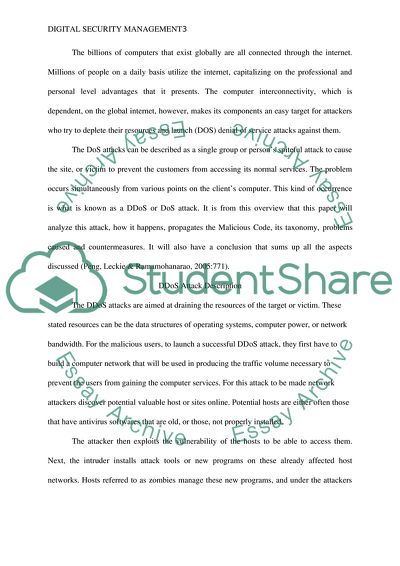Cite this document
(Denial of Service Attacks Term Paper Example | Topics and Well Written Essays - 2000 words, n.d.)
Denial of Service Attacks Term Paper Example | Topics and Well Written Essays - 2000 words. https://studentshare.org/information-technology/1828352-digital-security-management
Denial of Service Attacks Term Paper Example | Topics and Well Written Essays - 2000 words. https://studentshare.org/information-technology/1828352-digital-security-management
(Denial of Service Attacks Term Paper Example | Topics and Well Written Essays - 2000 Words)
Denial of Service Attacks Term Paper Example | Topics and Well Written Essays - 2000 Words. https://studentshare.org/information-technology/1828352-digital-security-management.
Denial of Service Attacks Term Paper Example | Topics and Well Written Essays - 2000 Words. https://studentshare.org/information-technology/1828352-digital-security-management.
“Denial of Service Attacks Term Paper Example | Topics and Well Written Essays - 2000 Words”. https://studentshare.org/information-technology/1828352-digital-security-management.


